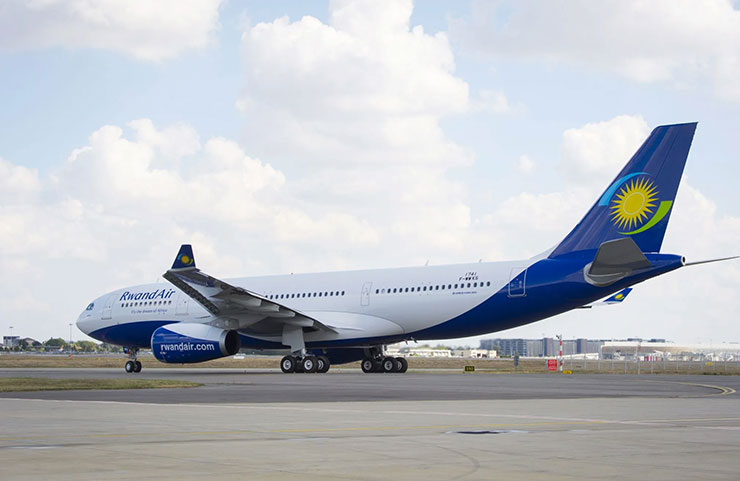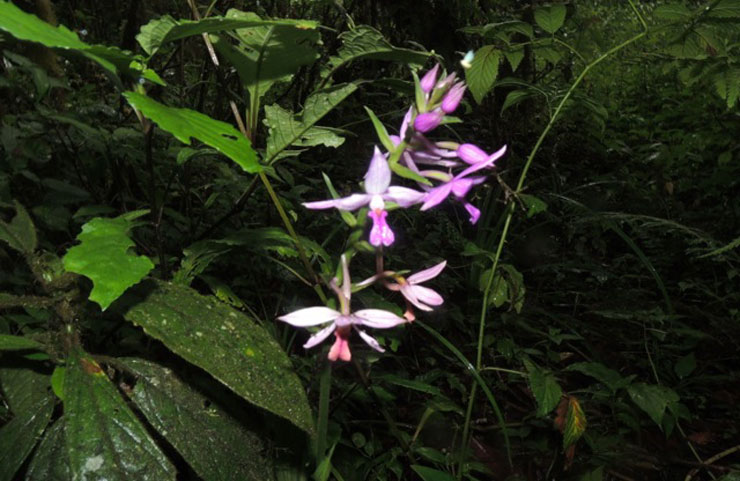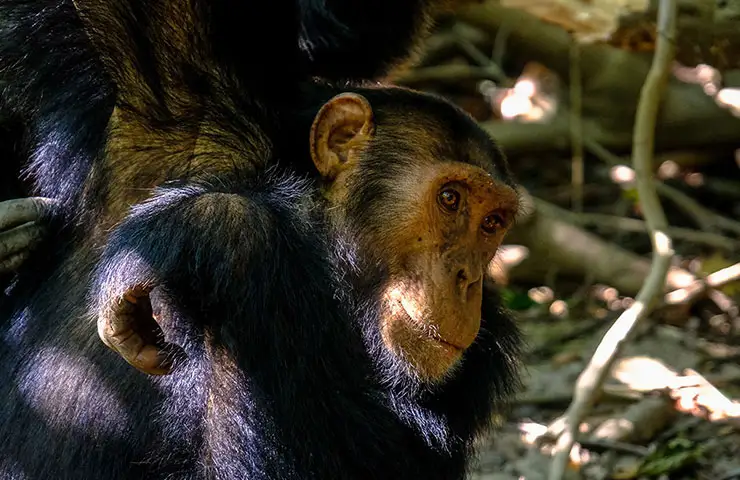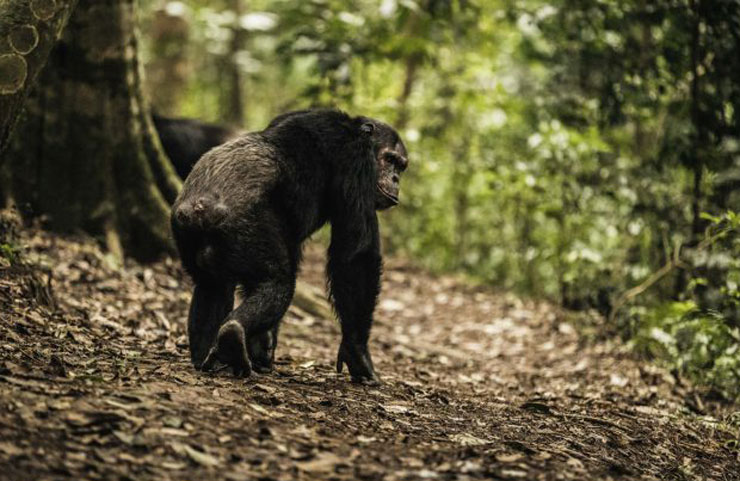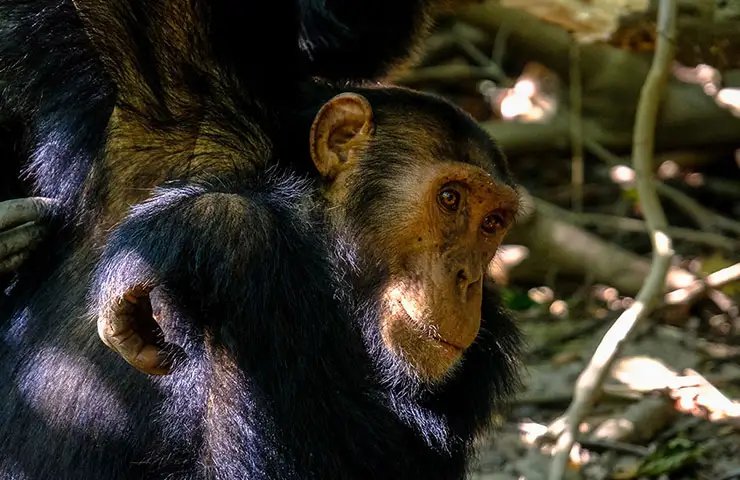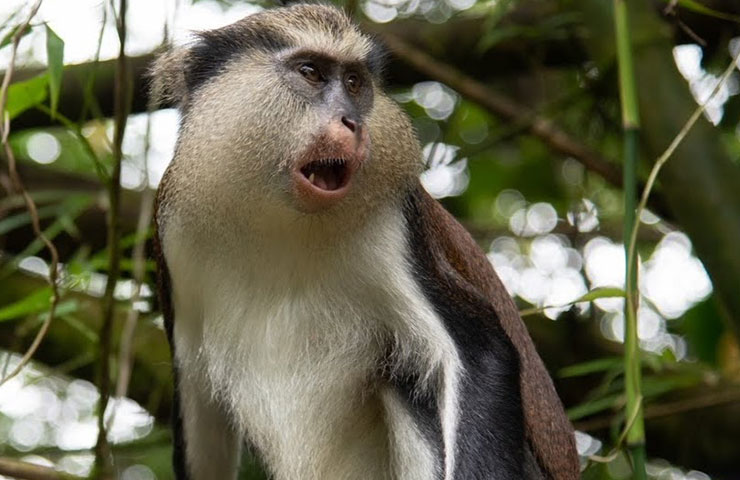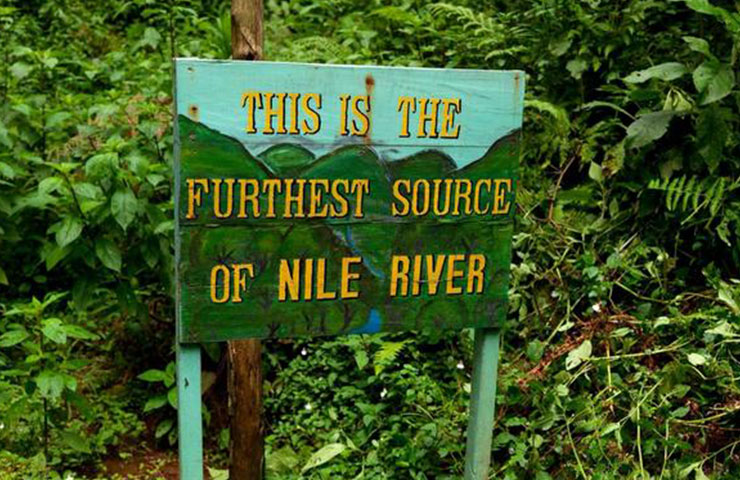What is the closest airport to Nyungwe National Park, the park is located in the southwestern part of Rwanda, is a verdant expanse of tropical rainforest that spans over 1,000 square kilometers. Renowned for its rich biodiversity, the park is a haven for wildlife enthusiasts and nature lovers alike. While Nyungwe offers an immersive experience in the heart of Africa’s untouched wilderness, accessing this natural wonder requires careful planning, and the closest airport, Kamembe Airport, plays a crucial role in facilitating visitors’ journeys.
Situated approximately 225 kilometers west of the most beautiful Nyungwe National Park, Kamembe Airport serves as the primary gateway for travelers seeking to explore this ecological gem. Formerly known as Cyangugu Airport, Kamembe Airport has undergone renovations to enhance its infrastructure, making it a more convenient point of entry for those venturing into the depths of Nyungwe.
Accessibility and Transportation: To reach Nyungwe National Park from Kamembe Airport, visitors can embark on a scenic journey by road, experiencing the picturesque landscapes that Rwanda has to offer. The road trip from Kamembe to the park takes approximately 6 to 7 hours, traversing through diverse terrain, including hills, valleys, and small villages. While the journey may be lengthy, the road itself is well-maintained, ensuring a comfortable and safe passage for travelers.
The road journey from Kamembe Airport to Nyungwe National Park is not merely a means of transportation. It is an opportunity to witness the beauty of Rwanda’s countryside. Along the way, travelers may encounter the stunning Lake Kivu, one of Africa’s Great Lakes, which adds to the allure of the overall experience. The road also passes through charming towns, providing glimpses into the local culture and way of life.
Upon reaching Nyungwe National Park, visitors are welcomed by a pristine ecosystem teeming with life. The park is renowned for its diverse flora and fauna, including a variety of primate species such as chimpanzees and colobus monkeys. A network of well-maintained trails allows guests to explore the park’s different habitats, from bamboo forests to swamps, providing an immersive encounter with nature.
Conservation Efforts and Ecotourism: Nyungwe National Park is not only a biodiversity hotspot but also a testament to Rwanda’s commitment to conservation. The park is actively involved in community-based conservation initiatives, fostering a harmonious relationship between local communities and the natural environment. Additionally, the park’s ecotourism programs contribute to sustainable development, providing economic opportunities for the surrounding communities while safeguarding the park’s ecological integrity.
In conclusion, Kamembe Airport stands as the closest airport to Nyungwe National Park, serving as the initial point of contact for those embarking on a journey to explore the wonders of this Rwandan gem. The road trip from Kamembe to Nyungwe is not merely a means of transportation; it is also an adventure in itself, offering travelers the opportunity to witness the beauty of Rwanda’s landscapes. Nyungwe National Park, with its rich biodiversity and commitment to conservation, provides an unforgettable experience for those seeking a deep connection with nature in the heart of Africa.


